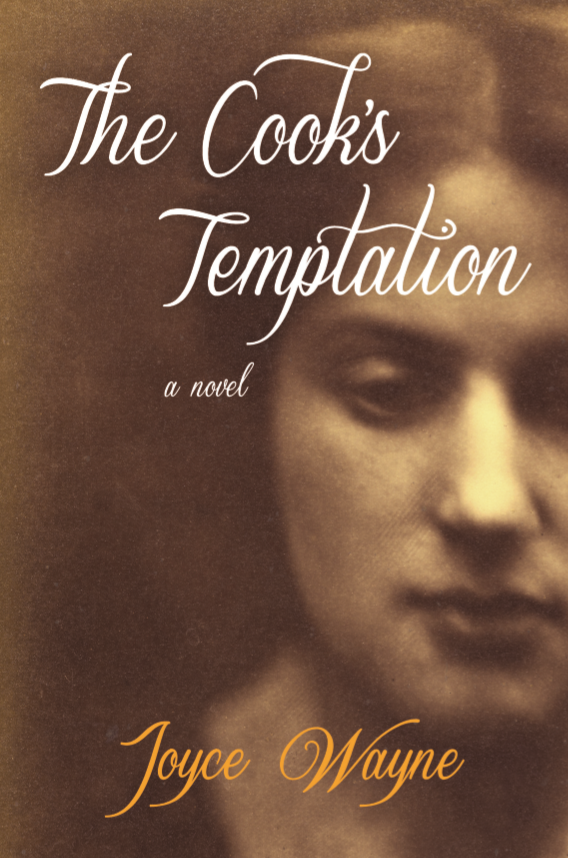Please welcome back historical fiction author and artist, Caddy Rowland, our regular contributor here at Historical Fiction Connection.
Do you know where stand-up comedy began? When and where did humans first get the bare bones idea for making movies? I know some people who could easily answer both questions for you: those wonderful, creative bohemians of nineteenth century Paris!Each and every one of them would immediately answer Le Chat Noir. Those of you who speak French might be scratching your head by now. You’re probably thinking, “What in the world does a black cat (chat noir) have to do with comedy and movies? The answer would be absolutely everything! Le Chat Noir is the name of a cabaret that existed in Montmartre during this wonderful era that I blog about. It was a hotspot for all the creative people who had gathered in the area, and once those flames of creativity had been fanned a virtual firestorm of new ideas took off. The firestorm took plays, music, painting, and acting to new levels—levels that, until then, people hadn’t even dreamed about.
Here’s what started it: A groups of writers and artist were meeting at the home of Emile Goudeau, a Parisian journalist who resided on the Left Bank. They called themselves Les Hydropathes (those who are afraid of water). Why? The answer is quite simple. These young men much preferred cheap wine and beer to plain old H2O. In fact, they drank great quantities of the first two beverages mentioned. Unfortunately, they were outgrowing Goudeau’s home. Not surprising, given the amount of artists in the area, and the propensity of young men to indulge in wine and beer.
Roldolphe Salis, an artist who came from a family with money, saw an opportunity. He had acquired a two room building, turning it into a cabaret. Since he knew Goudeau, he talked him into moving Les Hydropathes to to his new cabaret in Montmartre for their “meetings”. Since Salis had also been entertaining artists in his own home prior to opening the cabaret, he now had a large base of customers.
Les Hydropathes did not change locations quietly. On November 18, 1881, a torch lit procession crossed the River Seine from the Left Bank and made its way to Le Chat Noir. Heading up the parade was a man dressed in full Swiss Guard. He carried a halberd (battle ax and pike). Behind him marched (or perhaps staggered) a large group of very drunk, very loud young men, all singing and carrying wine. This signaled the grand opening of Le Chat Noir.
At first the young men avoided the darker room in the back. Artists, after, all, much preferred good light. To get the artists to fill both rooms, Salis mentioned within earshot of several creative types that the back room was reserved for the truly cutting edge artists. Needless to say, he suddenly had no problem trying to get people to gather in there!
On most nights, this cabaret offered an open stage. Musicians, singers, poets, and writers would just get on their feet to offer up their current works for practice, critique, or just plain showing off. None of them were paid. They were, however, always loudly—and sometimes harshly—critiqued. Why did they put up with it? Those same peers who critiqued also encouraged and nurtured them. Many eventually became great talents. When the painters brought their paintings for critique, loud arguments about painting style and technique often followed.
Le Chat Noir was “decorated” in a very eclectic style. No surprise there. It eventually ended up with kind of a Louis XIII feel. Salis, gifted in promotion, started a newspaper with the same name as his cabaret and sold advertising in it. Writers contributed stories to be included, some of which were very avant garde.
Salis was a master at publicizing his cabaret. One night he met patrons at the door, announcing his death. Then he led a funeral procession through the streets. Of course, they ended up back at Le Chat Noir. Some people accused him of using the artists, since they only received wine and absinthe as payment. Still, the artists seemed happy to be part of his grand scheme, and were never ones to turn down drinks.
Théophile Steinlen was hired to design a sign and posters for Le Chat Noir. During the renovation of the building housing the cabaret, Salis had noticed a raggedy, black alley cat hanging around. He felt the feline was a good symbol for the wild nightlife that would be found at his establishment. It was even said that when the cat’s tail was shown in an upright position in the cabaret newspaper, or in ads, it symbolized a male in the “aroused” position. That black cat became not only a symbol for the cabaret, but the name of the place as well. The resulting poster by Steinlen remains one of the most well known images from that era in Paris (of which Montmartre was, and is, a part of).
Théophile Steinlen's 1896 advertisement for a tour to other cities ("coming soon") of the Le Chat Noir's troupe of cabaret entertainers
The bourgeoisie and many gentry started coming to Le Chat Noir for a walk on the wild side. Upper-class guests didn’t even mind that they were subjects of ridicule and jokes. Salis and his cabaret singer Aristide Bruand became known for being loudly rude to these visitors. Salis even banished those visitors into a dark corner if they came late. If they dared to leave during a performance they were called out and loudly insulted. The songs didn't change, and many found themselves the subject of amusement or derision during a performance. Still, they came - because Le Chat Noir was the place to be seen. The place became so packed that Salis moved the cabaret twice while it was operating, to accommodate the growing throngs.
Using zinc to cut out characters, shadow plays were created. By shining light on those characters they could reflect shadows on a white screen. These shadow plays were insanely popular with all classes. Soon these splays had scripts written for them, and musical accompaniment. Viola! There was the rough beginning of cinema.
Shortly after Salis' death in 1897, Le Chat Noir closed. When Picasso and others searched for it when they arrived for the Exposition in 1900, they were severely disappointed to find out that it had ceased to exist. How sadly ironic that one of the greatest artists of all time had missed out on perhaps the most popular artist's cabaret to ever exist.
I hope you find this little moment in time as fascinating as I do. Please click on the links in the post to learn more about Le Chat Noir. Until next month, I’ll leave you with a toast of absinthe, and a foggy “memory” of good times long ago in a very special cabaret with very special patrons.


















